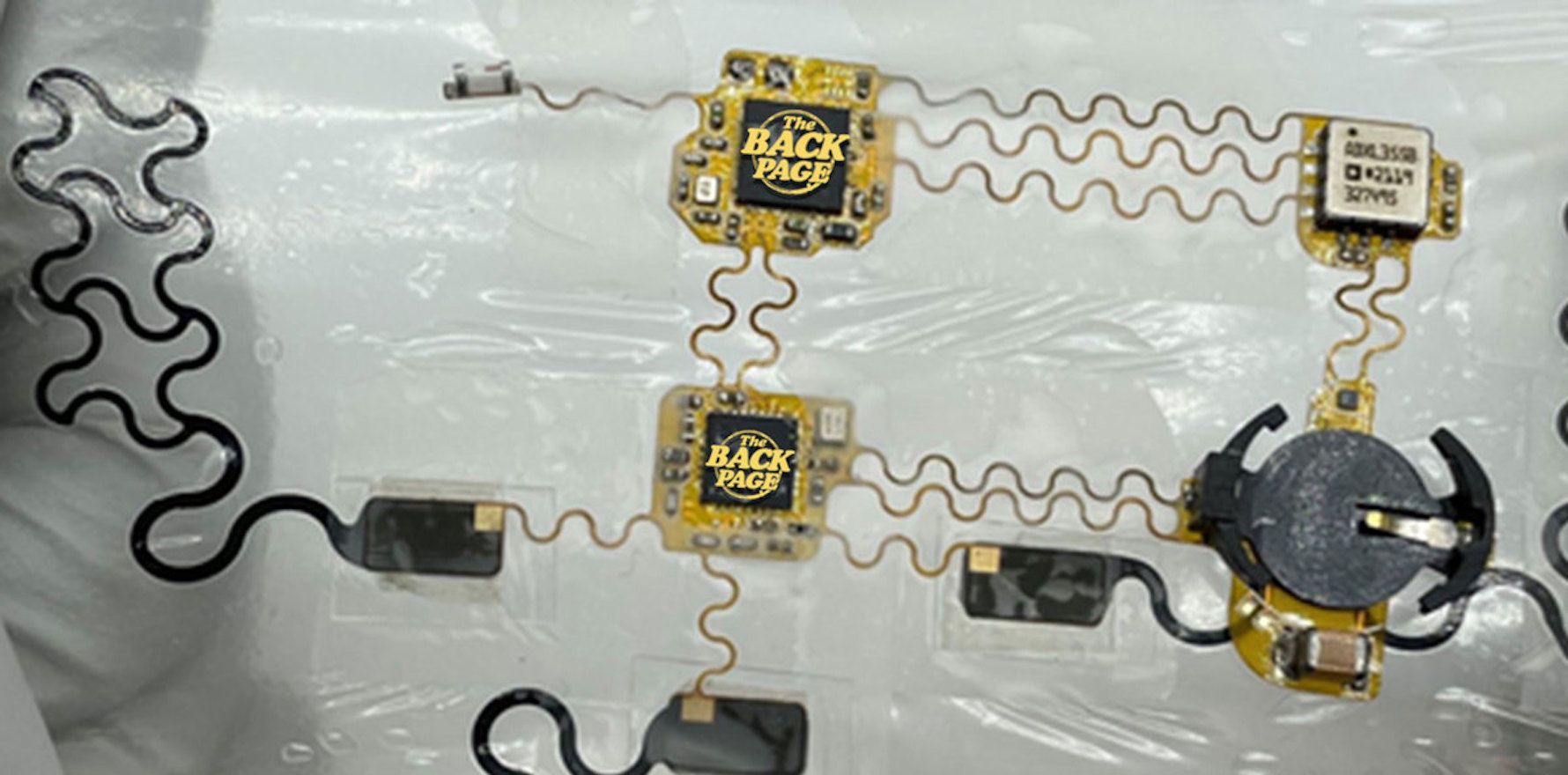A heart monitor emblazoned on your chest? That beats barbed wire and the Southern Cross any day.
This Back Page correspondent admits to three tattoos, all of them utterly pointless.
One is an ode to a past love, a classic “you’re going to regret that in 20 years” tatt. The other two are single words on the inside of my wrists, designed to remind me to be both mindful and compassionate.
Do they work? Nah.
I flirt with getting another tattoo every now and then, but honestly, I’ve got more useful (and less painful) things to spend my money on. Like this awesome garden gnome at Bunnings:

Just $43!!!
But now there comes a frankly mindblowingly useful tattoo – maybe even as useful as this one – courtesy of the researchers at the University of Texas.
It’s an “ultrathin, lightweight electronic tattoo, or e-tattoo”, that attaches to the chest for continuous, mobile heart monitoring outside a clinical setting. It includes two sensors that provide a clear picture of heart health, giving clinicians a better chance to catch disease early.

“Most heart conditions are not very obvious. The damage is being done in the background and we don’t even know it,” said Nanshu Lu, a professor in the Department of Aerospace and Engineering Mechanics and a lead author of the study.
“If we can have continuous, mobile monitoring at home, then we can do early diagnosis and treatment, and if that can be done, 80% of heart disease can be prevented.”
The study is published in Advanced Electronic Materials.
The e-tatt is wireless, mobile, weighs only 2.5g and runs on a battery the size of a 5c piece, with a life of 40 hours. It contains “a series of small active circuits and sensors carefully arranged and linked by stretchable interconnections and conforms to the chest via a medical dressing”, say the researchers.
It provides two measurements – an ECG and a seismocardiogram, the acoustic signal from the heart that comes from the heart valves.
“Those two measurements, electrical and mechanical, together can provide a much more comprehensive and complete picture of what’s happening with the heart,” Lu said.
“There are many more heart characteristics that could be extracted out of the two synchronously measured signals in a noninvasive manner.”
The researchers have successfully tested the e-tatt on five healthy patients in their day-to-day lives, with favourable comparisons against currently available monitoring options. The next step involves further testing and validating the initial results and expanding to different types of patients.
It’s no labrys entwined with barbed wire and a misspelled endearment on a Southern Cross background, I’ll grant you that. But by golly, as long as it doesn’t make me itch, it’s a lifesaver.
I’m in!


